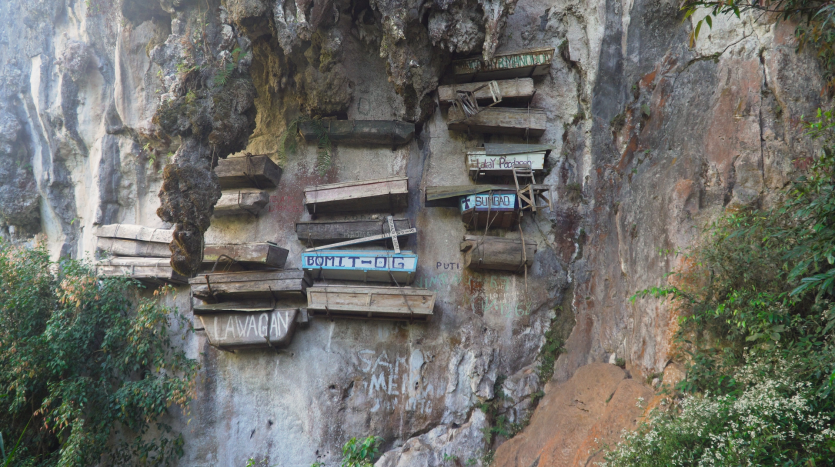5 Cultural Traditions in Death Care Around the World
Death care practices vary widely across cultures, each with its unique way of honoring and remembering the departed. In this article, we will explore five fascinating cultural traditions in death care from around the world. These practices provide insight into the diverse beliefs and customs surrounding death and serve as a testament to human diversity.
Embracing the Diversity of Death Care
Death is a profound human experience, and cultures worldwide have developed diverse traditions to cope with loss and honor loved ones. By exploring cultural practices surrounding death, we gain a deeper understanding of societies and their perspectives on life and mortality.
RELATED: The Impact of Technology on the Death-Care Industry
Day of the Dead: Mexico’s Vibrant Celebration of Life and Death
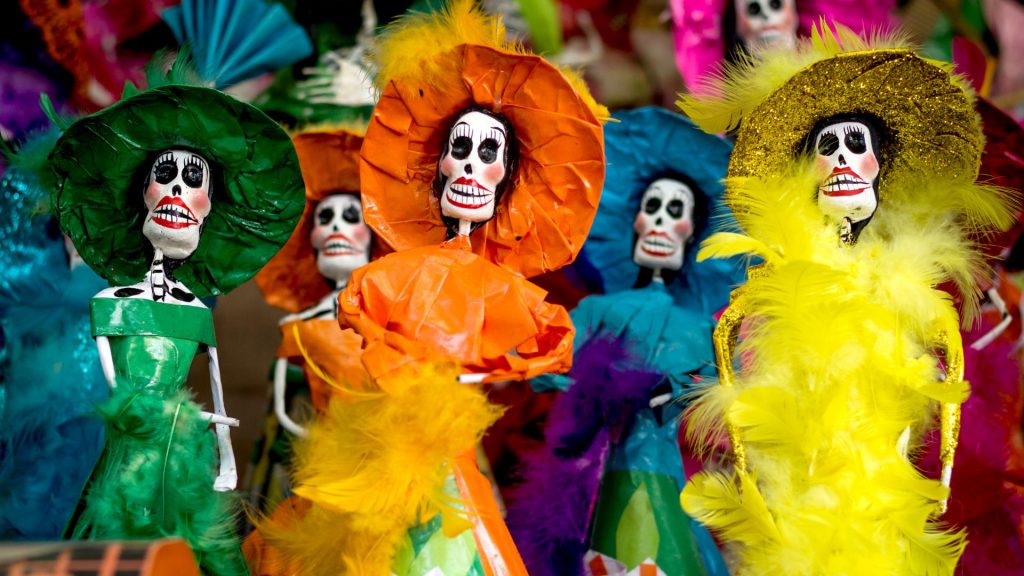
In Mexico, the Day of the Dead, or “Dia de los Muertos,” is a joyous celebration from October 31st to November 2nd. Families come together to remember and honor departed loved ones. Vibrant decorations like marigold flowers and sugar skulls adorn the streets. Altars, or “ofrendas,” with offerings of food and personal belongings, welcome the spirits back. This celebration serves as a way to honor and celebrate the lives of the departed.
Sky Burial: An Ancient Tibetan Ritual of Elemental Return
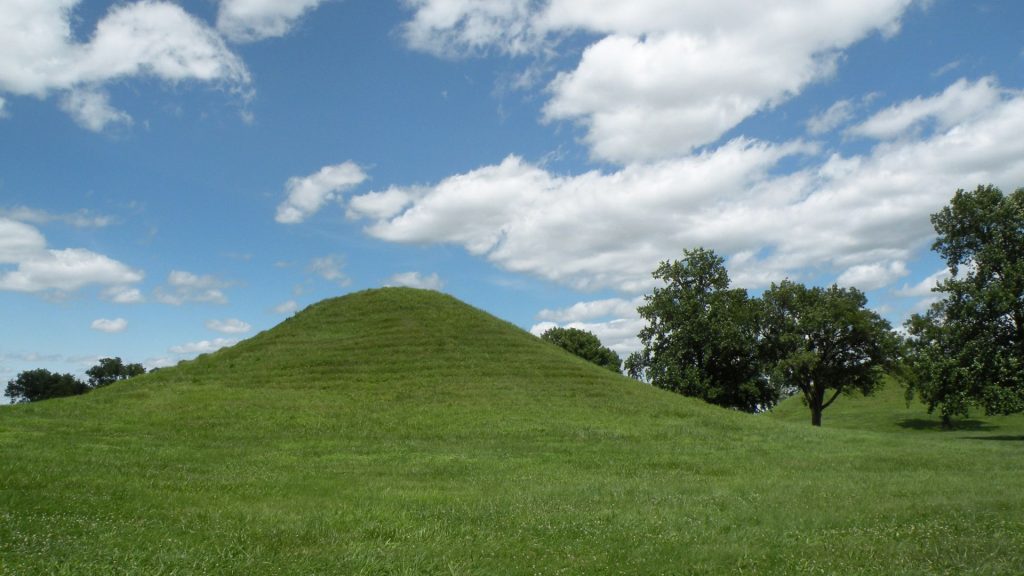
In remote regions of Tibet, the ancient tradition of sky burial is practiced. According to Buddhist beliefs, the body is placed on a mountaintop, left to the elements and wildlife. This practice symbolizes the impermanence of life and the transmigration of the soul. Sacred vultures and other scavengers carry the soul to the heavens. Sky burial is seen as a final act of charity, providing sustenance for other beings.
Endocannibalism: Ritualistic Consumption of the Deceased in Fore Tribe
In certain indigenous tribes in Papua New Guinea, endocannibalism is observed. Upon the death of a tribe member, their body is prepared and consumed by close relatives. This act respects and remembers the deceased, as their spirit becomes assimilated into the living, ensuring their presence in the community. Endocannibalism is a solemn and sacred ritual, maintaining a spiritual connection with the departed.
Jazz Funerals: Celebratory Farewell in New Orleans
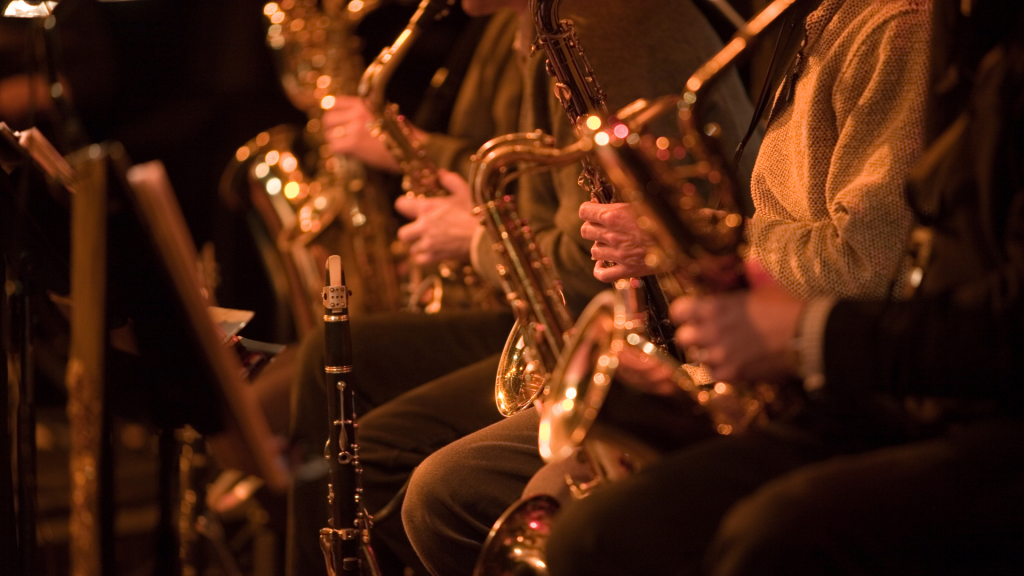
In the vibrant city of New Orleans, jazz funerals blend mourning and celebration. The funeral procession starts with somber music, transitioning to lively and joyful tunes once the deceased is laid to rest. Jazz funerals reflect the resilience and spirit of the community, offering a vibrant farewell to loved ones.
The Hanging Coffins of Sagada: A Unique Burial Practice in the Philippines
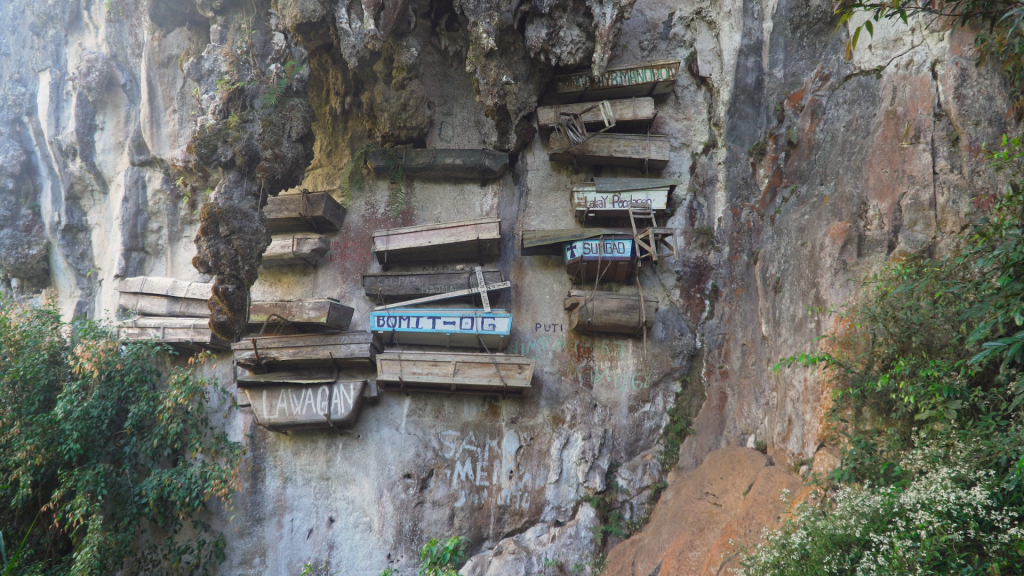
In the mountainous region of Sagada in the Philippines, a unique burial tradition involves hanging coffins on cliffs. Placing the deceased’s body in high places brings them closer to heaven. Carved from solid wood, these coffins secure the final resting place of the departed. This practice showcases the deep reverence and connection the Sagada people have with their ancestors.
The diverse cultural traditions in death care worldwide highlight human creativity, spirituality, and resilience. Each tradition offers a unique perspective on honoring and remembering the departed, emphasizing the universal need for closure, connection, and commemoration in the face of loss. Respecting and embracing these practices deepen our appreciation for the complexity of human existence.
READ MORE: Golden Haven Memorial Park News and Update






